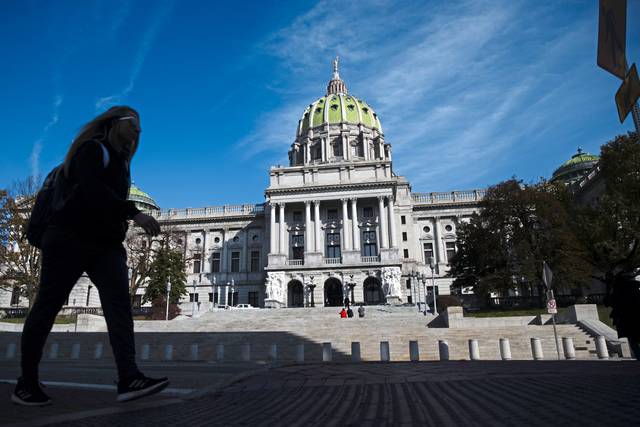Editorial: Learn from the 1st covid relief package
As leaders in Washington come to a new coronavirus relief plan, it would seem the old one had been exhausted. The money allotted to help people through the pandemic was long since spent, right?
Wrong. While some of the most obvious chunks — such as the stimulus checks sent in May or the Payroll Protection Program money that disappeared before many businesses even were able to apply — were used up, there are other pots that were tagged for a particular use that just sat there.
Including the money Pennsylvania had for helping people make their rent or pay their mortgages.
A Spotlight PA story showed of the $175 million set aside to stop people from losing their homes during a period when staying home was a big part of the solution, less than 40% of the money did what it was supposed to do.
And that would be fine if the reason was people didn’t need as much help as was thought. In fact, that would be great.
But that’s was not what happened. Instead, people missed out on the lifeline they needed because of a mix of problems. The way the rules were written for the rent program made landlords reluctant to participate — and this is not exactly the right time to make things harder for business owners. Requirements demanded documentation from renters that were hard to compile in a lockdown. And the program had a clock. The money had to be spent by the end of the year.
To make that happen, the state put in a kind of fail-safe. If the money didn’t pay for housing by Nov. 30, it would go to another use — footing the bill for corrections employees.
The state tried to make tweaks to the program, and, while thousands signed up under relaxed rules and an extended deadline by Nov. 4, it was too late. There just wasn’t time to get everything done.
“All the counties could probably have continued to get more funds out,” Bryce Maretzki, director of the Pennsylvania Housing Finance Agency, said. “The rush at the end in the last 30 days showed that there really is a significant amount of unmet need still.”
There is an additional $25 billion for rent relief nationwide in the new relief package, which once again will be funneled through the states. Pennsylvania should have learned from the problems with the first round and not make the same mistakes again.
This time, lawmakers need to listen more when problems rise, and Gov. Tom Wolf needs to react faster to eliminate bureaucratic hurdles. The goal has to be learning from the past, not fighting about it.
Because, this time, the money should go to fix the problems it was intended to solve.
Remove the ads from your TribLIVE reading experience but still support the journalists who create the content with TribLIVE Ad-Free.

